Contact vs Gradient - Axon Guidance Molecules
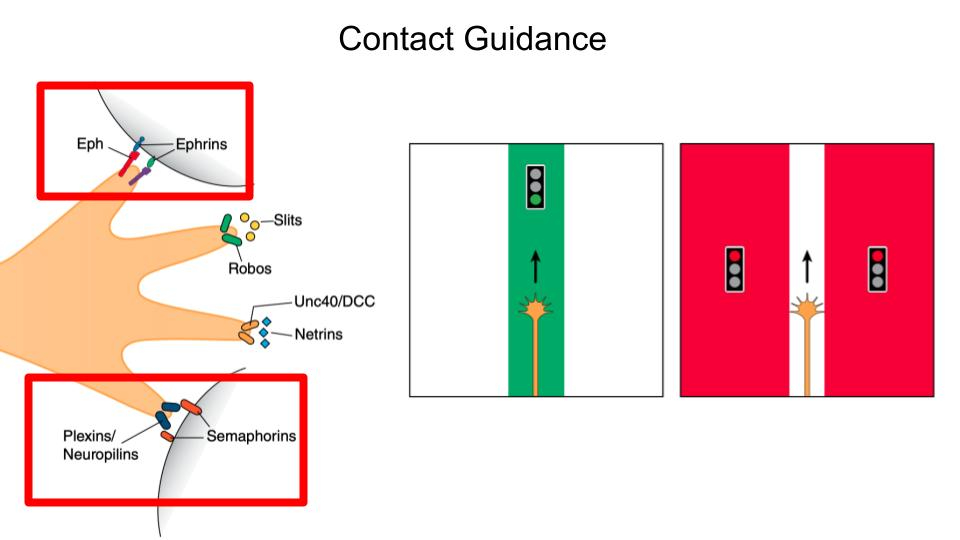
contact guidance: some guidance cues require the navigating axon to come into physical contact with the cue and therefore act over a short range. Such guidance cues may either attract or repel growing axons. (a) in contact attraction the migrating axon follows a route demarcated by an attractive cue, shown in green. (b) in contact repulsion the axon is confined to a particular trajectory, minimizing its contact with the repellent cue, shown in red.
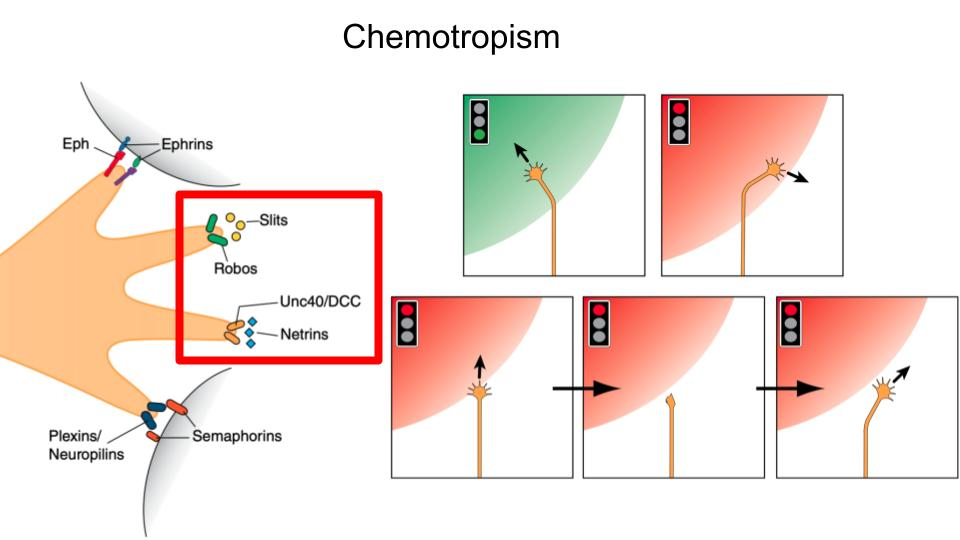
Major forms of chemotropism. (a) chemoattraction: the navigating axon senses a gradient of an attractive cue (green) and moves towards its source. (b) chemorepulsion: the axon senses a gradient of a repulsive cue (red) and turns to move down the gradient, away from the source. (c) Growth cones can also respond to repulsive cues by collapsing. in the example shown here, the growth cone first becomes exposed to a chemorepellent cue (left panel), causing it to withdraw all filopodia and collapse (middle). The growth cone can then start to move forward again, but in a different direction (right panel).
Genetic Engineering with GAL4/UAS
during the syncytial blastoderm stage you can add plasmids with GAL4 or UAS. Some of them will integrate into germ cells.
GAL4 = transcription factor
UAS = DNA binding site specific to GAL4
to limit / target the expression , you engineer the plasmid to have
GAL4DNA just downstream of your tissue specific promoterexamples :TissueSpecificPromoter::GAL4you engineer the
UASplasmid to have UAS-{InsertionalMutagenesisGene}examples :UAS::GFPorUAS::lacZadd
GAL4plasmids to one line , and UAS plasmids to another line during syncytial blastoderm stagecross the 2 different lines , their offspring will inherit both
GAL4andUASconstructs you embeddedduring normal transcription of DNA , it will start at promoter sequences , transcribing
GAL4at this time ,
GAL4gene product acts as a transcription factor and promotes DNA transcription atUASsites.now the
InsertionalMutagenesisGenewill be transcribed and translated
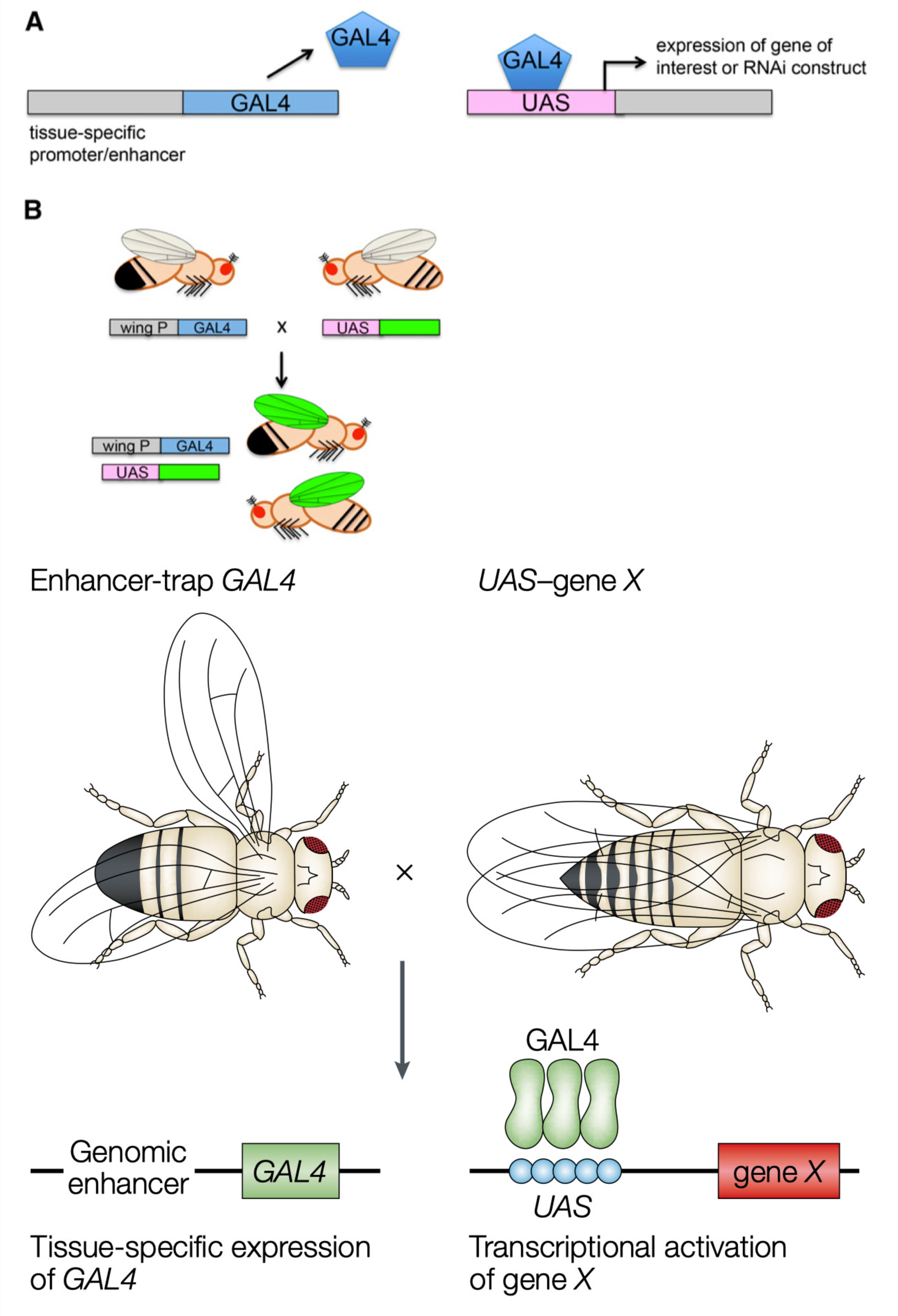
Midline Ligands ( Slit and Netrin )
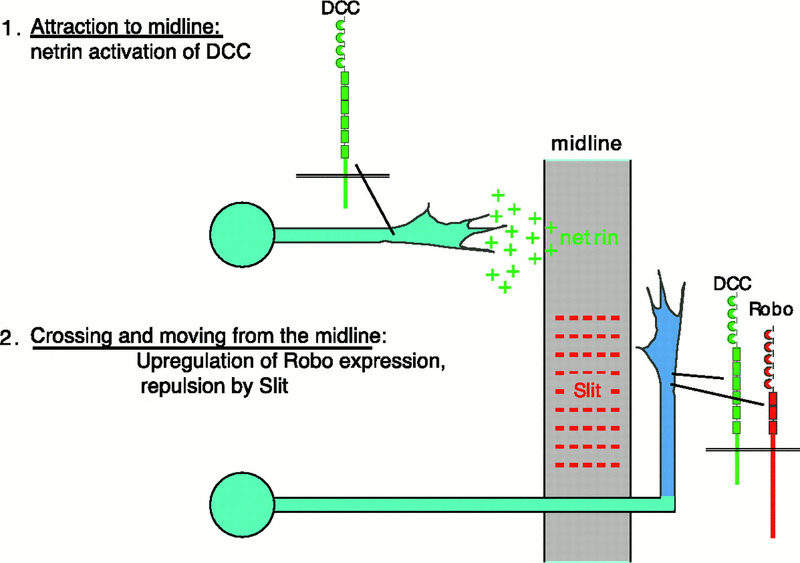
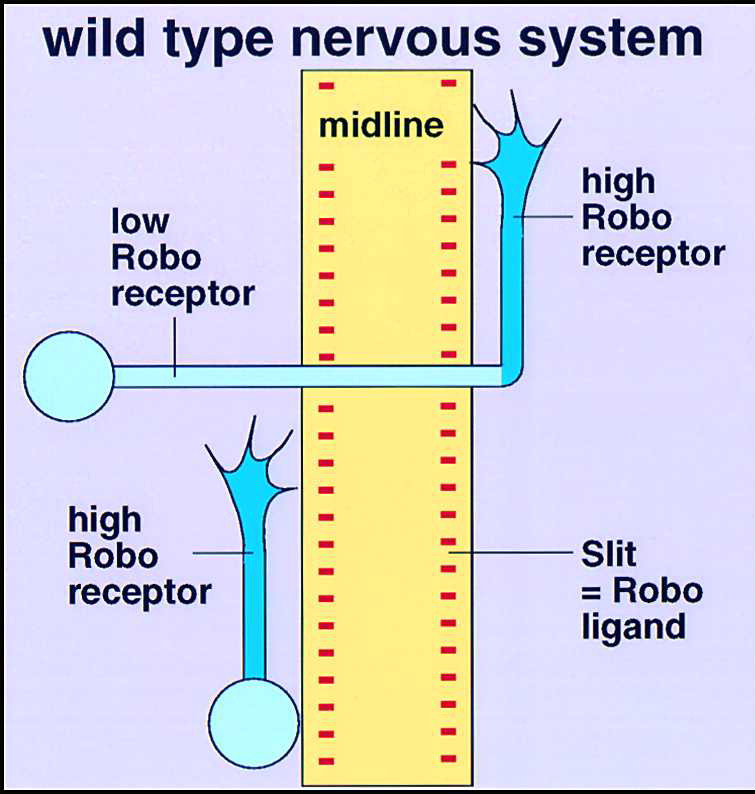
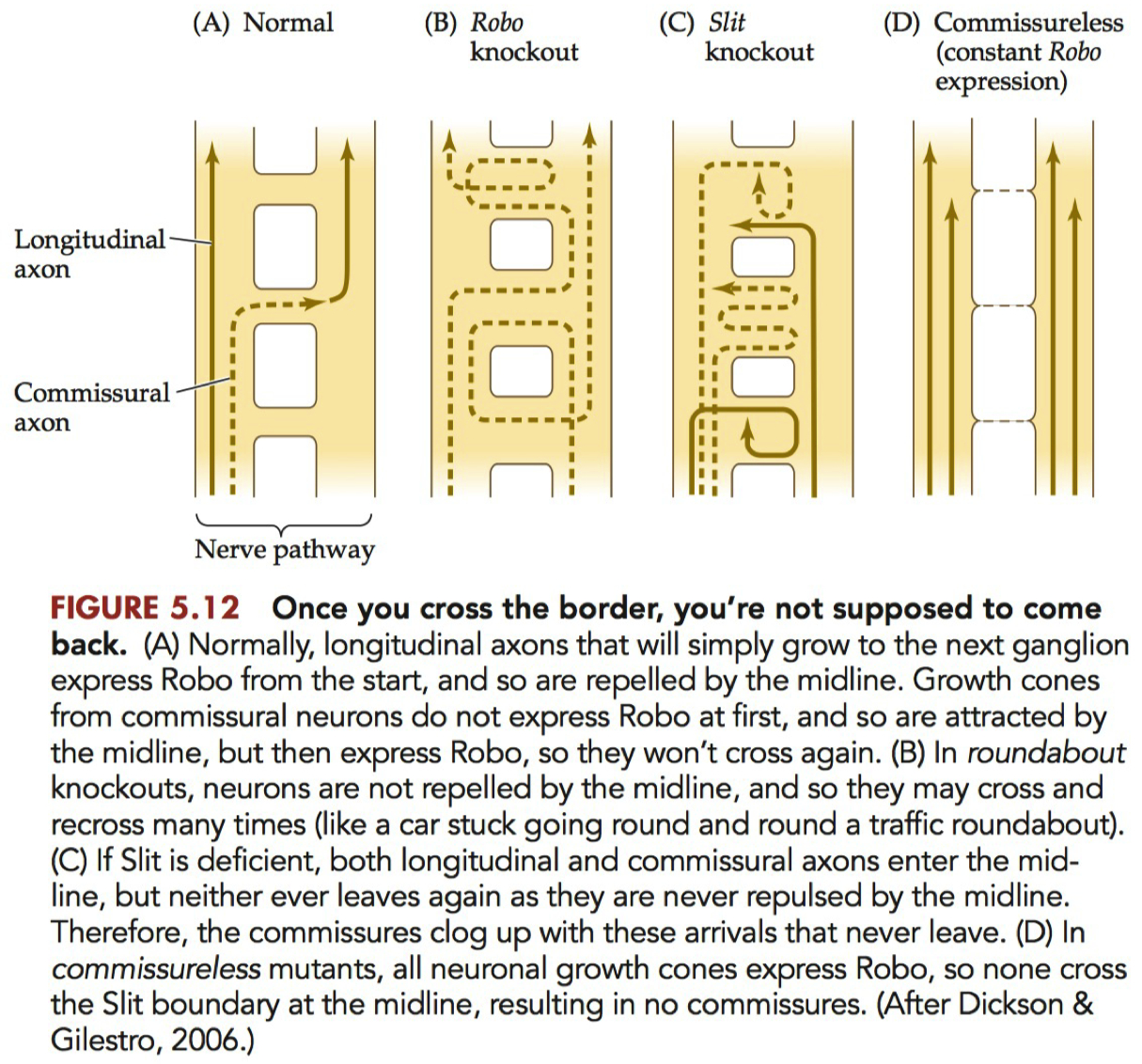
Slit and Robo :
there is a time dependance on Robo expression
some axons always express Robo ( longitudinal )
some axons don't at first ( commissural ) , allowing them to avoid slit repulsion and cross the midline
then they start expressing Robo so they don't go backwards
Slit = ligand
expressed along the midline
Robo = receptor
Gain of Function = axons can’t cross at all
Loss of function = 100% crossing of axons with slit
Netrin and DCC / Frazzled :
Netrin = ligand
expressed along the midline
binds to DCC receptors on growth cones and cause attraction
DCC / Frazzled = receptor
